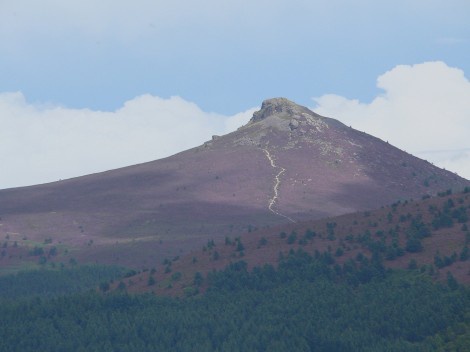Ecology and Landscapes of Early Medieval Centres of Power

This was carried out by examining how changing records of vegetation and land use correspond with the religious, social and political evolution and the eventual emergence of the kingdom of Alba in the tenth century AD.

Records of pollen, non-pollen palynomorphs, microscopic charcoal and peat geochemistry was obtained from sediment cores collected from peat bogs and chronologies were established using radiocarbon dating. This enabled the reconstruction of changes in vegetation and land use throughout the early medieval period and provided evidence for human activities such as woodland clearance, agriculture and metalworking.
The data generated by this project aimed to provide a wider landscape context to answer questions arising from the archaeological record and provide evidence for human-environment interactions in situations where more traditional forms of archaeological evidence are scarce.
